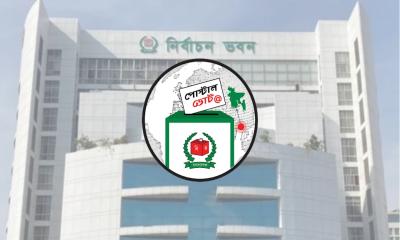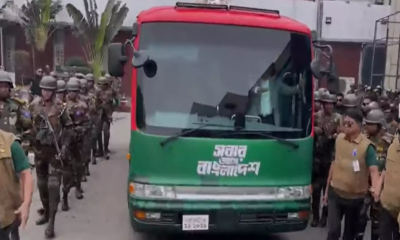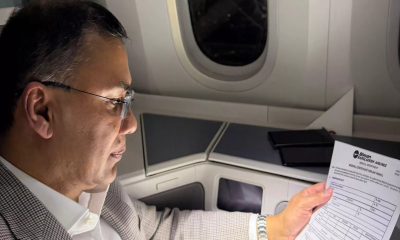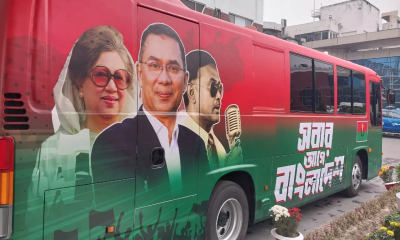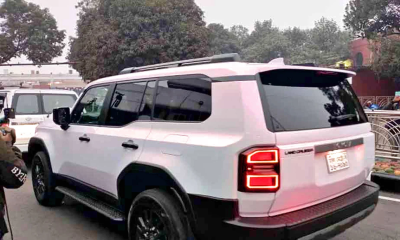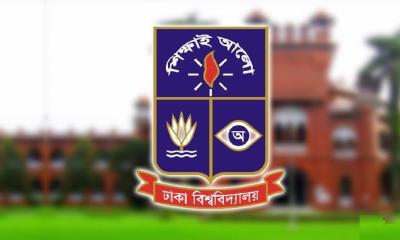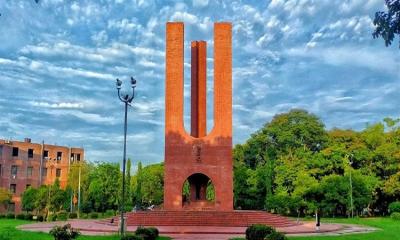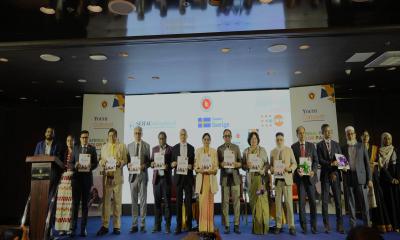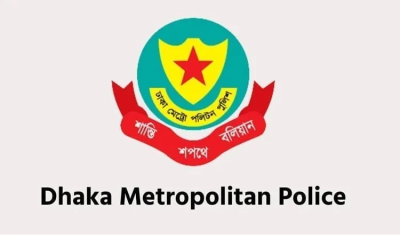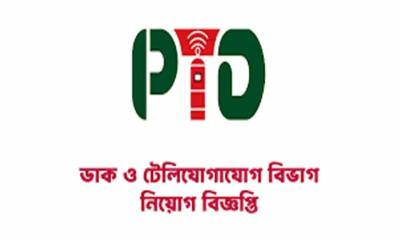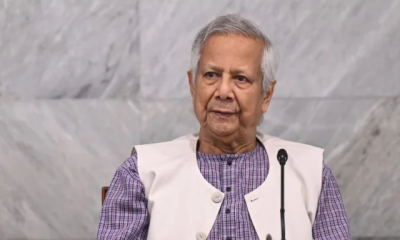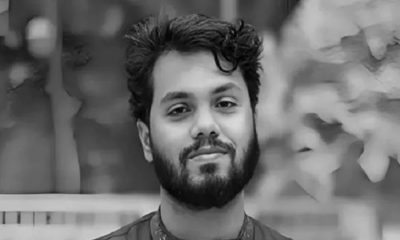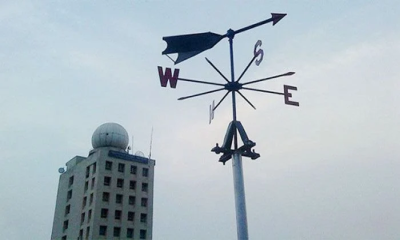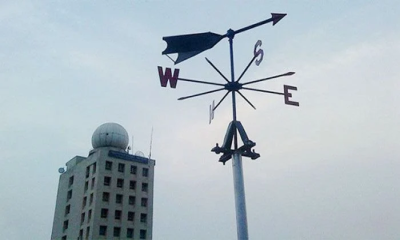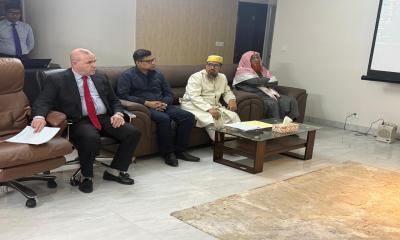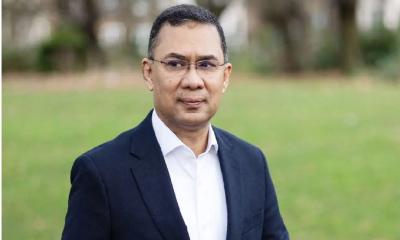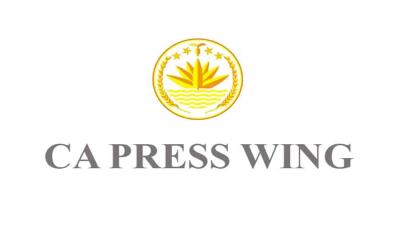There is a famous scene in Sasha Baron Cohen’s 2012 comedy “Dictator”. Dictator Aladeen participates in a 100-metre race that is part of the Olympic Games that he himself organised. He has the pistol that announces the start of the race. He fires it after he starts running. As he runs ahead of his competitors, he shoots anyone who comes close to him. One by one, all the runners fall down – either with a bullet wound or out of fear. When Dictator Aladeen becomes visibly out of breath, the people holding the ribbon that makes up the finish line start running towards him. He crosses that ribbon and wins the race. We are then told that he has won a total of 14 medals in the Olympic Games.
This scene has become quite popular on Indian social media since it was announced that elections for the 18th Lok Sabha will be held between April 19 and June 1 across the country. People are commenting that what was parodied in that scene in the movie Dictator is actually happening in India today. And they have ample reason to reach that conclusion.
Sure, India cannot formally be classified as a dictatorship, but it currently cannot be classified as a functioning, healthy democracy either. There are, in fact, some undeniable similarities between the actions of fictional Dictator Aladeen in the 2012 movie and those of India’s current rulers on the eve of the 2024 election.
Prime Minister Narendra Modi’s ruling Bharatiya Janata Party, for example, launched its large-scale, state-funded election campaign long before the date for the election was announced and campaigning budgets for all parties were allocated. Thus, it had a head start over the opposition political parties.
Furthermore, just before the announcement of the dates for the 2024 elections, the government amended the rules for selecting members of the Election Commission overseeing the vote. Earlier, the selection committee included the prime minister and the leader of the opposition as well as the chief justice of India. This was to ensure some impartiality in the selection. But this year, the government abruptly changed the rules. It removed the chief justice from the committee and replaced him with a government minister to be appointed by the PM. This means that now the government’s opinion will be paramount in the selection of the Election Commission. It is as if the captain of only one of the several teams participating in a game appoints the umpire. What is then left to say about the impartiality of the Election Commission?
Just after the announcement of elections, on March 21, Delhi Chief Minister Arvind Kejriwal, the leader of the opposition Aam Aadmi Party, was arrested by India’s financial crime agency, the Enforcement Directorate (ED) which alleged that he was the mastermind of a scam relating to Delhi’s new liquor excise policy. At the time of Kejriwal’s arrest, three more Aam Aadmi Party leaders, Delhi Deputy Chief Minister Manish Sisodia, Health Minister Satyendar Jain and Rajya Sabha member Sanjay Singh, were already in jail. The Supreme Court recently granted bail to Singh, but it is looking highly unlikely that the other opposition leaders will be freed in time to participate in the election. The Delhi High Court extended Kejriwal’s judicial custody until at least April 23 earlier today.
These arrests are bound to have an impact on the opposition’s election campaign. And these are not the only opposition figures facing threats of incarceration and legal warfare in the run-up to the election. Many opposition party leaders across the country have received notices and arrest warrants relating to various current and historical cases in the past few months.
On April 5, for example, an arrest warrant was issued against former Bihar Chief Minister and Rashtriya Janata Dal Chief Lalu Prasad Yadav in a case related to the alleged illegal purchase of arms and ammunition in 1995-97.
It is clear that investigating agencies of the government are trying to imprison, or merely entangle in legal troubles, leading opposition figures so that they are not able to devote full attention and energy to their election campaigns.
The government appears also to be targeting opposition institutions to limit their ability to run an effective election campaign.
Over the past month, India’s Income Tax Department served the main opposition Congress Party multiple tax notices worth hundreds of millions of dollars and recovered 1.35 billion rupees ($16.32m) in penalties from its bank accounts. It also sealed the party’s bank accounts, leaving it with limited access to funds just weeks prior to the elections. The Congress Party said they view the actions of the Income Tax Department as an effort to damage the party’s campaigning efforts, and thus as an attack on Indian democracy.
On April 1, the Income Tax Department told the Supreme Court that it would not pursue a 35-billion rupee ($420 million) payment from the Congress Party until after the completion of general elections in June, giving the opposition some breathing space. Yet the tax payments are not the only tools utilised by the government against opposition institutions and actors.
Every day, there is news of one or the other leader or prominent figure of some opposition party joining the BJP. It is widely believed that these opposition figures are leaving their parties and joining the governing BJP as a result of intimidation and harassment from the government’s investigative agencies.
In 2019, former Maharashtra Chief Minister and Congress leader Ashok Chavan gave an interview to the Hindustan Times, alleging “BJP is using government agencies to threaten leaders in opposition”.
“Our leaders were threatened with inquiries,” he said. “Agencies such as the Enforcement Directorate and Income Tax were used to initiate action against institutions run by them. Then they were assured protection from action if they joined the ruling parties. Those who joined them were scared of action against them. The ones who did not budge are still on the radar.”
Since then, Chavan himself has been threatened by BJP leaders with prosecution and incarceration. He left Congress and joined BJP in February 2024.
Earlier this month, the Indian Express published an investigation into opposition figures who crossed over to the BJP. The journalists examined the cases of 25 opposition leaders facing corruption charges who left their parties and joined the BJP since 2014. They found that 23 of them got reprieves – three cases were closed and 20 were stalled, or put in “cold storage”, meaning no action is being taken against the accused.
India’s opposition parties are being hollowed out with such tactics. Further, such actions are causing the public to lose faith in the opposition and perceive opposition parties as institutions that are in disarray, filled with people crippled with fear and unfit to govern.
Indian media also plays an important role in giving the BJP an advantage in the election.
Indeed, most of the Indian media is openly promoting BJP and Narendra Modi. Since the announcement of elections, media platforms have been organising events featuring the prime minister and other ministers and BJP leaders, giving them every opportunity to promote themselves and their agenda. This courtesy has not been extended to opposition leaders. Media has also been pushing the narrative that the opposition is weak, the PM remains popular and there is no real alternative to him or the BJP.
Any independent media organisation or new media platform that dares to move away from the government narratives is facing attacks and intimidation from the government. Many popular YouTube channels critical of the government have been given notices or already shut down.
The communal rhetoric used by the BJP and the prime minister in the run-up to the election has also harmed the democratic process.
From the very first day of the election campaign, BJP campaigners including the prime minister have started using communal language. PM Modi attacked the Congress Party by saying that every page of its election manifesto “bears the imprint of the Muslim League”. Apart from this, in all their speeches and statements, BJP leaders have been denouncing opposition parties by calling them “anti-Ram” and asking the public to teach them a lesson. The government and its supporters have been openly flouting the election code of conduct since the very beginning and show no intention to change course in the coming weeks.
But who is to police their actions and censure them for making a mockery of Indian democracy? No one really expects the Election Commission, appointed by the prime minister himself, to do anything.
The international community is watching all this with concern. This is the first time in the history of independent India that the representative of the secretary-general of the United Nations has considered it necessary to make a statement that in India “people’s political and civil rights” are “protected” and everyone can vote in a “free and fair” atmosphere. Given the way Indian state institutions are currently functioning, one can only hope the UN statement proves accurate when the polls open later this month.
The upcoming election is very important for the future of democracy in India. It is clear that all the constitutional institutions in the country have now decided that they are working for the BJP, not the people, and the media has taken up the role of the current government’s propagandist. The hands and feet of the opposition parties are tied. In such a situation, the only hope is that the Indian people, who fought relentlessly for democracy since the country’s inception and know its worth very well, will understand the seriousness of the situation, and use their strongest weapons, their votes, to put an end to India’s rapid democratic backsliding.
If not, the upcoming Indian elections will go down in history as a farcical play put on only to please, placate and provide renewed legitimacy to Modi and his party, not much different from Dictator Aladeen’s Olympic Games.
This article has been previously published in Al Jazeera that written by Apoorvanand who teaches Hindi at the University of Delhi. The views expressed in this piece are the author’s own and do not necessarily reflect The Report’s editorial stance.





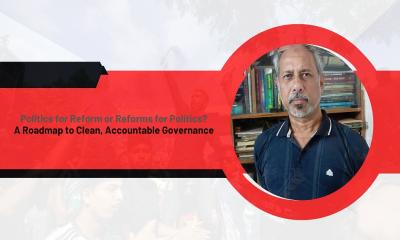

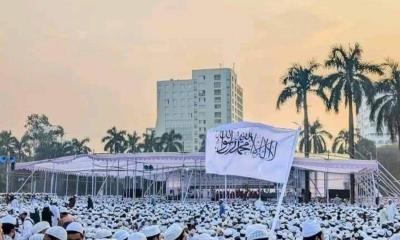

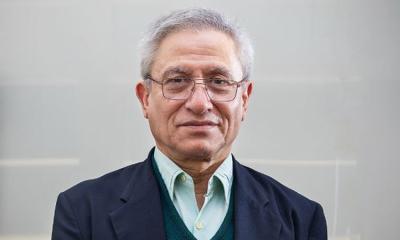
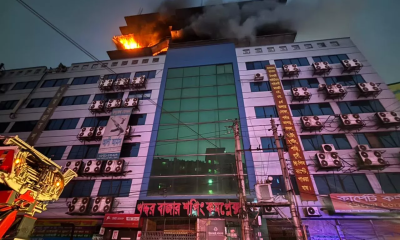
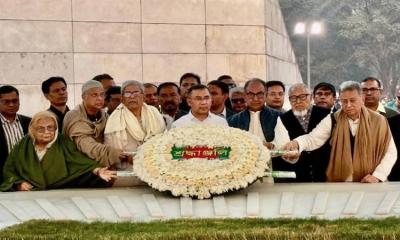


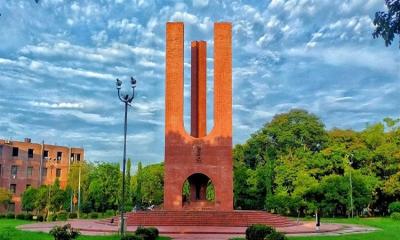

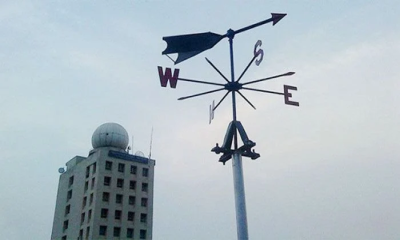
-20251226062607.webp)
-20251226051932.jpeg)
